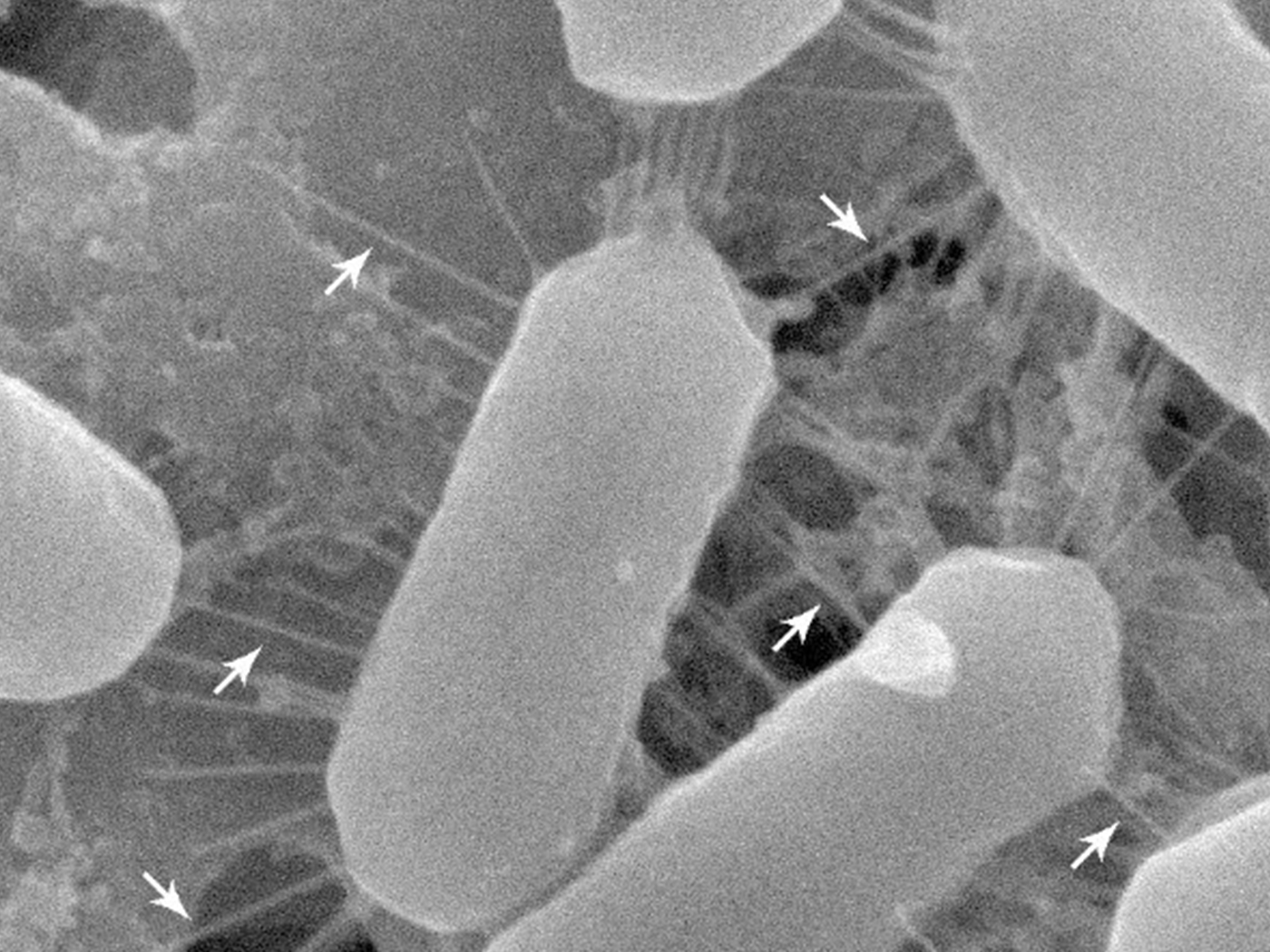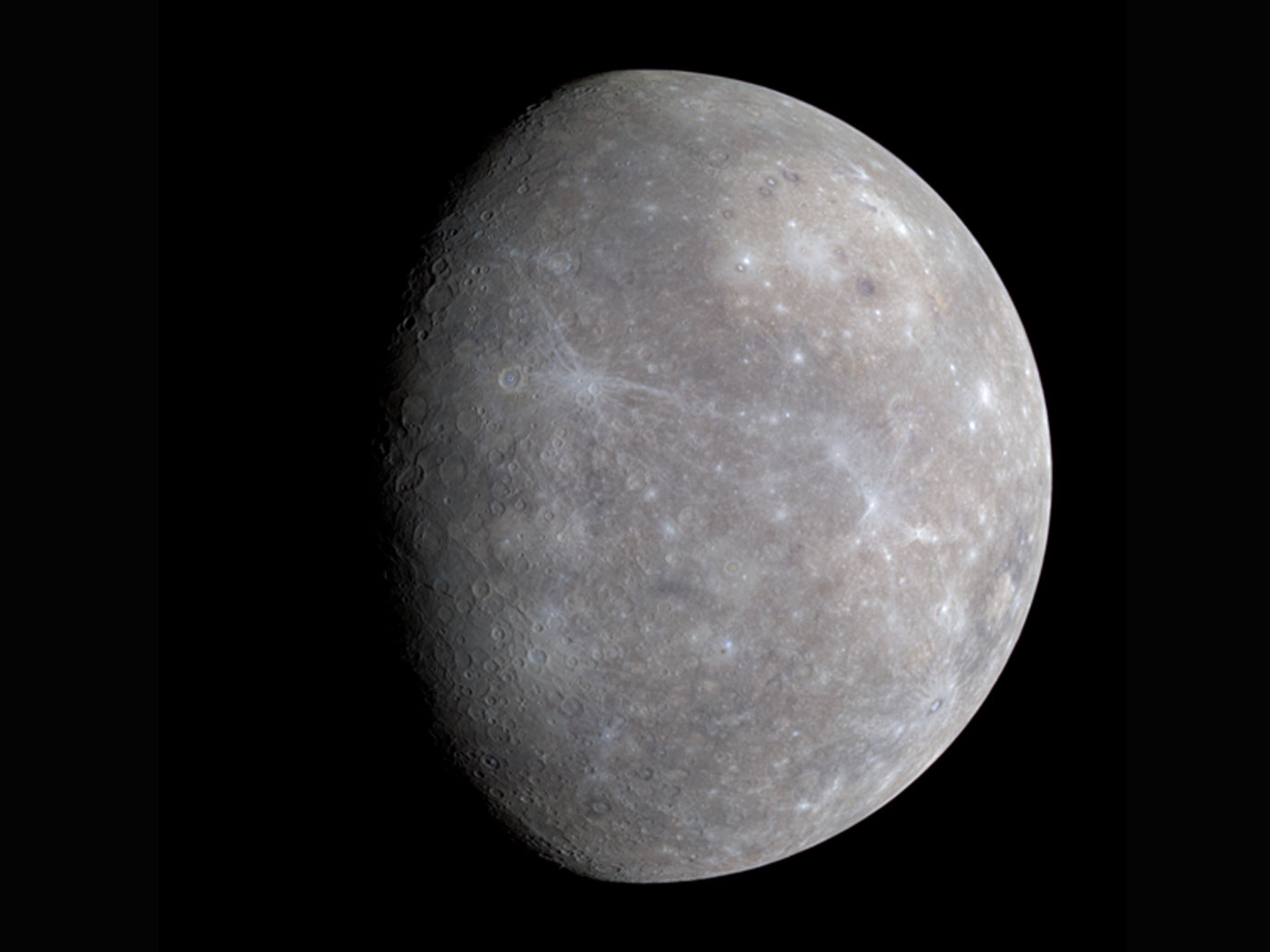A tenet of creationist theory maintains that creatures are designed for robust speciation. Although they cannot change into fundamentally different kinds, creatures can rapidly express a wide diversity of traits to fit changing environments. "Fast evolution affects everyone, everywhere" is one headline1 from the theme of the Royal Society's life science journal in January, 2017.2 But its content further bolsters creationist theory.
The pace of change within organisms is a keen topic of interest. One reason many people doubt evolution is that no one has ever seen one kind of creature change into another. Plant and animal breeders have never done it in thousands of years of concerted effort. Even experiments intended to force evolution along by inducing radical genetic mutations in breeding pairs result in crippled, but not basically transformed, progeny. Remarkably, both creationists and evolutionists are content with this fact.
Creation and Evolution Theory Expect Different Rates of Change
Evolutionists expect that the pace of evolutionary change will always be quite slow. No one should see it happen unless they could somehow live and observe for thousands of generations. One report accompanying the Royal Society's latest theme says, "Twenty-five years ago, science and society's view of the pace of evolution was not that different from the one famously espoused by Darwin more than 100 years previously: 'We see nothing of these slow changes in progress, until the hand of time has marked the long lapse of ages....'"3 In fact, Stephen J. Gould references that same Darwin quote. Just before it he adds, "Substantial change might occur as a very rare event, but most alteration must be insensible, even on geologic scales" with which he validates that "gradualism may represent the most central conviction residing both within and behind all Darwin's thoughts."4
Conversely, if the Flood decimated air-breathing organisms only about 4600 years ago and the Ark had limited kinds of animals, then creationists are challenged to explain the huge diversity of life we see today. Creationists theorize that organisms' innate systems enable rapid rates of trait diversification to explain how they continuously fill environmental niches—particularly post-Creation and Flood.5 Evolutionists have mocked the theory of rapid-trait expression (robust speciation) as a "post-Flood Big Bang" or "Radical Anteglacial Darwinism" saying that creationists accept "rates of change that would make an evolutionist blush."6
Rapid Trait Expression Is Observed
ScienceDaily reported on the "rapid evolution" seen in organisms. What their report and the original research paper call "evolution" is the expression of new traits by organisms responding to recent human activities. As ScienceDaily summed it up, "in a theme issue of the scientific journal Philosophical Transactions of the Royal Society B, researchers from McGill University have helped pull together the latest research on this phenomenon."7
ScienceDaily encapsulated the research in three examples of environmental conditions altered by recent human activity to which organisms responded by rapidly expressing new traits. The first was commercial fishing where "fish evolve to reproduce when they are younger and smaller, and thus tend to have fewer, smaller offspring." Next was the human introduction of invasive species setting conditions for "native species [which] can then sometimes evolve in response." Finally, urbanization where "plants evolve decreased seed dispersal to compensate for the expansion of uninhabitable pavement, animals evolve resistance to industrial and residential chemicals."
One editor of the Royal Society's theme issue, Andrew Hendry, was quoted by ScienceDaily saying, "Evolution is occurring all around us all the time, and it is influencing our environment, our health, and our overall well-being." And, "in many cases, these effects play out over only a few years to decades—more quickly than biologists traditionally thought possible." This is counter-theoretical to evolution. Yet Hendry shrugged it off with, "when humans are involved, selection pressures on a species often become very strong, leading to fast evolution." Is this a scientific conclusion or speculation based on presuppositions?
Carefully Catching a Confirmation and the Cover-up
Findings of rapid trait expression by organisms tend to confirm creationist theory that emphasizes active, problem-solving organisms. As one evolutionist notes, rapid change is hard to reconcile with any theory that emphasizes an active environment fractioning out the genetic material of passive organisms by a mechanism which "requires radical amounts of natural selection (the Darwinian mechanism), mutations and genetic drift to accomplish such changes."8 The rapid changes documented in the Royal Society paper do not fit with the stagnant notion of the slow accumulation of random genetic mutations struggling to survive.
These rapid changes fit much better with contemporary research that reveals how organisms possess elaborate built-in systems composed of sensors, cellular algorithms, and output responses that enable them to continuously track environmental changes—man-made or otherwise—so they can quickly fit and fill new niches. Up-to-date research shows that they may employ dozens of mechanisms including epigenetic, hybridization, cryptic variation, behavioral changes, unreduced gametes, directed crossover, regulated micro-RNAs or RNA splicing, horizontal gene transfer, and even modulation of an organism's microbiota. None of these mechanisms require a struggle for life and death! Creationists have been reporting on these mechanisms which enable organisms to self-adjust to external conditions in a single generation—and often across multiple ones—for many years.9
Yet, it seems that the Royal Society and ScienceDaily nimbly absorbed findings against evolutionary theory as if they were evidence for their theory. Cornelius Hunter astutely exposed how evolutionists are trying to pull off a sleight-of-hand and swallow up findings related to epigenetics which contradict their theory.10 He expanded on, "the old maxim that truth passes through three stages. First, it is ridiculed. Second, it is violently opposed. Third, it is accepted as being self-evident. If we can slightly modify these three stages as follows, then we have the history of how evolution has struggled and opposed the scientific findings we now refer to as epigenetics [in this case, 'rapid evolution']":
- Reject and persecute
- Delegitimize and minimize
- Rename and incorporate
Hunter's framework shows that evolutionists have now advanced to stage three as touching "rapid evolution." This is a way to cover up the failed gradualist tenet of their theory. Keeping Hunter's framework handy will likely prove useful to spot when evolutionists disguise scientific findings contradictory to their theory as evidence.
References
- McGill University. Fast evolution affects everyone, everywhere. ScienceDaily. Posted on sciencedaily.com December 6, 2016, accessed December 10, 2016.
- Hendry, A. P., K. M. Gotanda, E. I. Svensson. 2017. Human influences on evolution, and the ecological and societal consequences. Philosophical Transactions of the Royal Society B. 372 (1712): 20160028.
- Ibid.
- Gould, S. J. 2002. The Structure of Evolutionary Theory. Harvard University Press: Cambridge, MA., 147, 148.
- Jeanson, N. 2010. The Impetus for Biological Change. Acts & Facts. 39 (8): 6.
- Anonymous. The Lost World of South American Ungulates: A YEC Ungulate Problem. Naturalis Historia. Posted by thenaturalhistorian.com January 13, 2015, accessed December 13, 2016.
- McGill University, Fast evolution, December 6, 2016.
- Anonymous. The Lost World.
- See: Tomkins, J. 2012. Mechanisms of Adaptation in Biology: Molecular Cell Biology. Acts & Facts. 41 (4): 6.; Tomkins, J. 2012. Mechanisms of Adaptation in Biology: Genetic Diversity. Acts & Facts. 41 (5): 8.; Thomas, B. 2011. Yeast: Single Cells That Fit and Fill. Acts & Facts. 40 (9): 18.; Lightner, J. K. 2008. Life: Designed by God to Adapt. Answers in Depth. 3:37–39.
- Hunter, C. Michael Skinner on Epigenetics: Stage Three Alert. Darwin's God. Posted at darwins-god.blogspot.com on November 15, 2016, accessed on December 11, 2016.
* Dr. Guliuzza is ICR's National Representative.
Article posted on January 16, 2017.

























